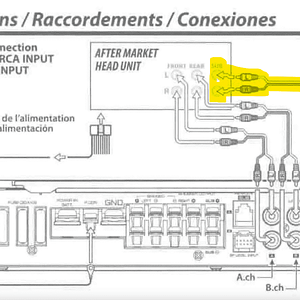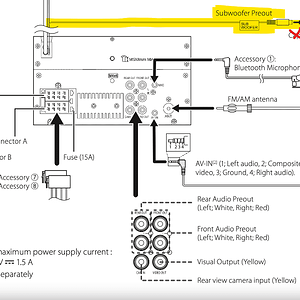Buck 5,000+ posts
little alien on campus
A half bridge is 2 polarized full bridges iirc (why they’re so much bigger than full bridge), which allows both + and - charging of each board, and each board seems to be able to balance itself out through the power supply by dumping or pulling in evergy back into both polarities of the 12v. Full bridge amps have a more loop type power supply, where energy can only be pulled in via the + and exit via the -, so it seems full bridge amps can’t use the the 12v electrical system as well to balance out spikes/dips of voltage internally as well as a half bridge design. Full bridge is 1 board and doesn’t process the energy internally in the same fashion. Half bridges are able to seemingly balance out both + and - polarity boards independently of each other using your 12v system, IMO, and that’s higher damping. And this conclusion only applies to class D sub amps. Frequency totally matters with damping factor.
This conclusion comes from studying write ups on amplifier types and how the energy flows through the power supplies. That was the main factor that I saw, because half bridges are two full bridge amps internally, where each full bridge has its own polarity, therefore each individual full bridge within the amp can individually balance out each board and its polarity, which creates more stability with rapid impedance changes, voltage spikes inside of the amp, etc. Seems like full bridge amps might have more trouble with internally over-volting (like when your sub is over xmax, and the coil is pounding the motor field), which may be why some people have them cut out during normal play on music or why they maybe can’t do something like run a .5 final ohm load on the amp with music. Full bridges seem to be way more sensitive to subwoofer movement, at least the shitty Chinese full bridges that are cheap dog ****, IMO. I don’t like them, personally, but I won’t hate if someone runs them.
Last edited:



